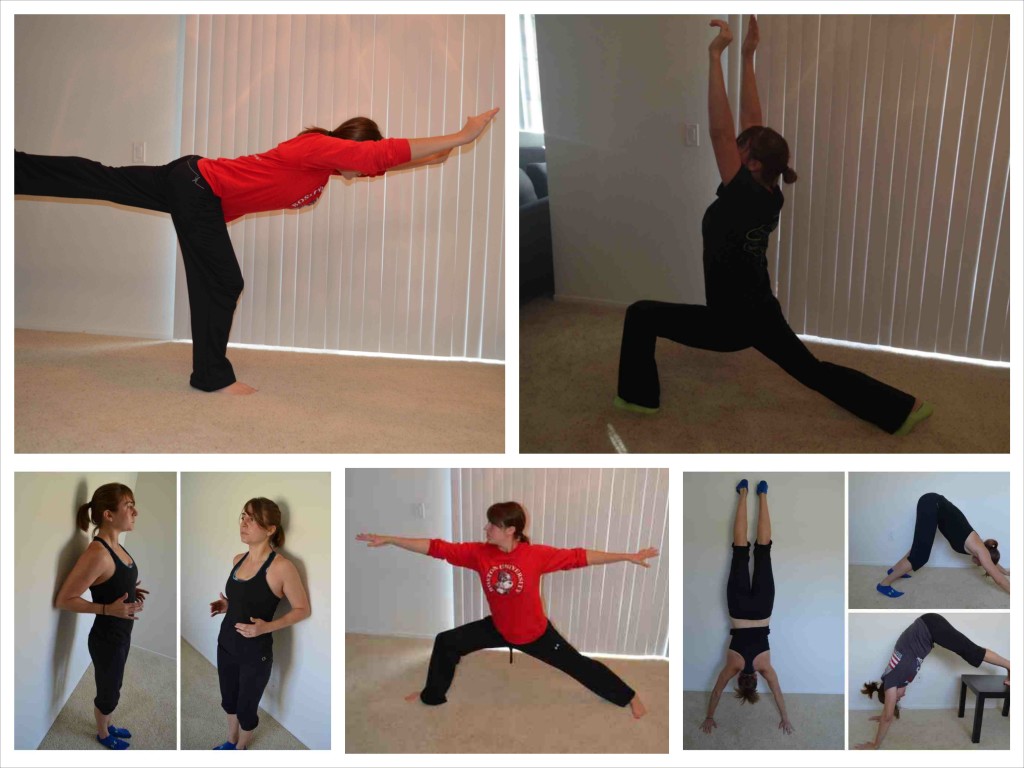

So, a decade later, the majority of people who’d done some brain training hadn’t noticed any decline.

That’s compared to half of the people in the study’s control group, who didn’t do any special training. About 60% of people who’d done brain training in the study reported that they were doing just as well or better with daily life activities. To find out if training would help people later in life, researchers got the study’s participants back 10 years later, when they were 82 on average. It’s possible that’s because people in the study didn’t have any cognitive impairment to start with. The study didn’t find any evidence that those improvements on the tests helped people in their everyday lives. But, before you run off to start training, wait a minute. Memory training led to some improvements, too, though less often.Ī least some people got better at doing the kinds of mental tests they practiced doing in the study. Those who worked on problem-solving usually improved in that area.

So, those who trained to do visual searches quickly got faster at them. People generally got better at the skill their training targeted.

Overall, the findings showed that several weeks of brain training worked. Researchers designed it to test whether different kinds of brain training could help people stay independent with age by improving their mental abilities.
Brain gym exercises for adults trial#
The trial included more than 2,800 people, ages 65 and up. The Advanced Cognitive Training for Independent and Vital Elderly (ACTIVE) study is often cited in favor of brain training’s benefits for older people. The reality is more subtle and complicated. That said, many apps promise that if you do their exercises for even a few minutes a day, “it will prevent dementia,” she says. There’s a lot you can do to keep in shape, and brain exercise can be part of it.” It can be useful as part of your general set of things you do as you get older, along with physical exercise, good diet, good sleep schedule, and in general keeping active, cognitively or mentally speaking. “As a scientist, it’s not a black-and-white, yes-or no-answer,” says Susanne Jaeggi, PhD, a cognitive scientist at the University of California, Irvine. But does brain exercise or “brain training” actually work? They often claim to be backed by science. You’ll also find dedicated brain training programs or apps that promise to boost memory, attention, and more, with the goal to keep you mentally sharp no matter your age. Many people report better vision after this exercise,” she adds.Search “ brain exercises for older adults” online, and you’ll find suggestions for everything from sudoku to chess. This integrates visual fields, improving balance and co-ordination. Do this with both hands clasped together. Move your arm up and over to the left, around and back to the centre, then to the right. Start tracing your 8 by beginning at eye level. “As you draw the 8, focus your eyes on your thumb, keeping your head upright, facing forward and moving only slightly. In the air, smoothly and slowly trace the shape of a large figure 8 on its side. Rewari also mentioned about an exercise called the Lazy Eights where the kid has to extend one arm straight out in front of him, with the thumb pointing towards the ceiling. it leaves you in an optimal state of learning and has shown positive results in children of all ages as it helps stimulating their thinking skills.” She also takes a special class for Brain Gym that the children look forward to. As our body needs nutrition, these activities and exercises work as nutrients for the brain to improve its performance in sectors like focus dimension, concentration, comprehension, etc. Says Chembur based special educator, counsellor for kids and adults and a Brain Gym Instructor Geeta Khanna, who tackles behavioural problems with kids, ”Brain Gym helps coordinate the left and right brain better and thus result in better performance it leaves you in an optimal state of learning.


 0 kommentar(er)
0 kommentar(er)
